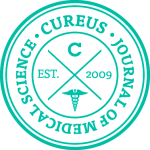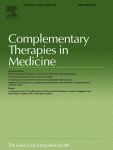Robbert van Haselen
Animal research in CAM: Is it still an issue?
Compl Ther Med, 2008, 16 (1), 1-2

Research on animals to support the evidence base of CAM therapies has always been a sensitive issue. Some CAM supporters are against animal experimentation altogether and this has sometimes been fervently expressed. However, more often the topic is simply not discussed at all because of the purported political sensitivity of the issue. Hence the noise made by those who are strongly against the use of animals will attract most attention, but this is not necessarily representative of the views of the wider community. When faced with a difficult decision whether or not to publish a paper involving animal experimentation in Complementary Therapies in Medicine, I decided to explore this issue further.First of all I would like to summarise the main points of the international guidelines on the use of animals in biomedical research as formulated by the Council for International Organisations of Medical Sciences (CIOMS) which can be found online at http://www.cioms.ch/frame_1985_texts_of_guidelines.htm. The main ideas behind this guideline are that: animal models should be avoided if at all possible; animals should be properly housed and treated; pain and suffering should minimised; the question should be asked whether the experiments are really necessary. In addition, experiments should be independently reviewed and approved by an Institutional Review Board/Ethical Committee. Further to the CIOMS guidelines, many countries have formulated their own guidelines, such as for instance the UK Department of Health Memorandum for House of Lords Committee on Animals in Scientific procedures.Most CAM journals, including Complementary Therapies in Medicine, will allow the publication of animal studies but only if no alternative genuinely exists, and where the importance of the scientific benefit justifies the use of animals. The question of course lies in the importance of the scientific benefit, which may be judged differently for CAM therapies than for conventional medicines. If the latter were true, specific standards/criteria might be required for animal research in CAM.







